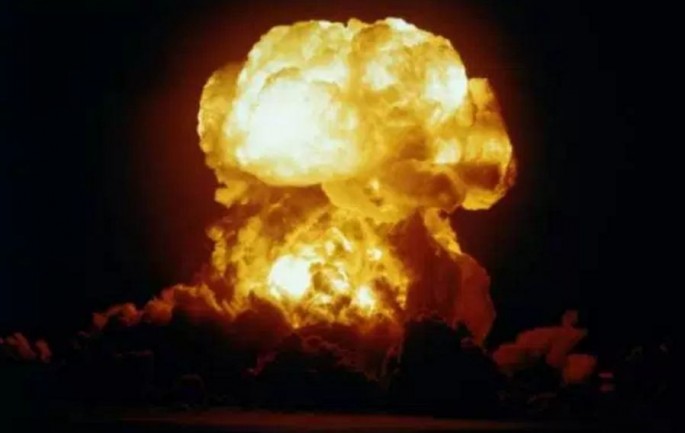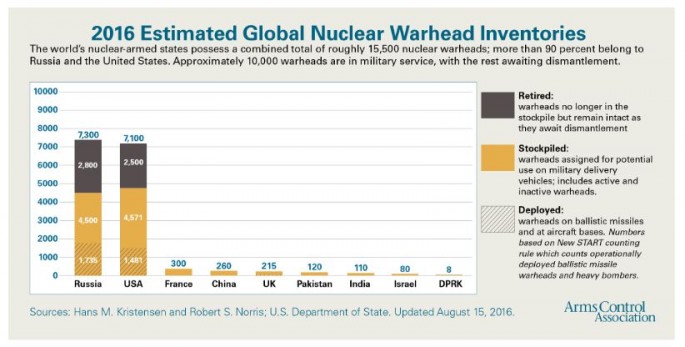Once again, the threat of nuclear war hangs over the Indian sub-continent as India and Pakistan teeter on the brink of another war following a series of military escalations that might worsen if Pakistan on Sept. 30 decides to respond to its rivals "surgical strikes" yesterday.
Pakistan threatens to strike back militarily following a series of cross-border attacks by India into Pakistani-controlled Kashmir on Sept. 29. The Pakistani cabinet will meet on the morning of Sept. 30 to discuss a response -- including a military response -- to the attacks by Indian special forces and bombardments by Indian artillery that killed two Pakistani soldiers.
Any military Pakistani response, however, will seem odd given Pakistan belittled the attacks, claiming the attacks didn't occur at all. But any military countermeasure being mulled by Pakistan will be taken -- if they're taken -- with the minimum of force to avoid this petty border clash escalating into a nuclear war.
The nuclear rhetoric on both sides is much too heated, however. A Bharatiya Janata Party MP calls for a nuclear attack on Pakistan while Pakistani Defense Minister Khawaja Asif threatens to "annihilate" India with nuclear bombs in return.
And what are the stakes if both countries cross the red line?
As of August, India is estimated to have from 100 to120 nuclear warheads while Pakistan might have from 110 to130 nuclear warheads. Short range ballistic missiles and attack aircraft are the two methods favored by both nations for launching these deadly weapons.
The death toll from a nuclear war will be too ghastly to contemplate. Over 20 million persons in both countries will die within a week in nuclear attacks, estimated a study by Rutgers University, University of Colorado-Boulder and University of California, Los Angeles.
That death toll is roughly the population of New Delhi and a fifth of Pakistan's current population.
A team of U.S. atmospheric and environmental scientists has studied and modeled what would happen after a limited, regional nuclear war involving India and Pakistan. The four man team premised their study on a limited war that sees the detonation of 100 nuclear warheads of the same yield that destroyed the Japanese city of Hiroshima in 1945.
The four man U.S. team believes that following an Indian-Pakistani nuclear conflict, five megatons of black carbon from burned substances such as buildings and people are immediately emitted into the atmosphere.
Black carbon is dangerous because it absorbs heat from the sun before this solar radiation can reach the Earth. After a year, the Earth's average surface temperature could drop by 1.1 Kelvin (2 degrees Fahrenheit).
Five years after the Indo-Pak nuclear war, the Earth will be three degrees colder on average than it was before. In this same time period, the Earth will have nine percent less rain than usual. After 26 years, the Earth will receive 4.5 percent less rain than before the war.
The ozone layer that protects the Earth from the worst of the sun's deadly solar radiation and ultraviolet (UV) radiation will take a beating. In the five years after the war, the ozone will become 20 to 25 percent thinner on average.
The lower UV protection leads to more sunburns and skin cancers in people. It also stunts plant growth and destabilizes DNA in crops such as corn.
The International Physicians for the Prevention of Nuclear War in another study believes that two billion people will starve in the aftermath of a nuclear exchange involving 100 nuclear weapons.




























